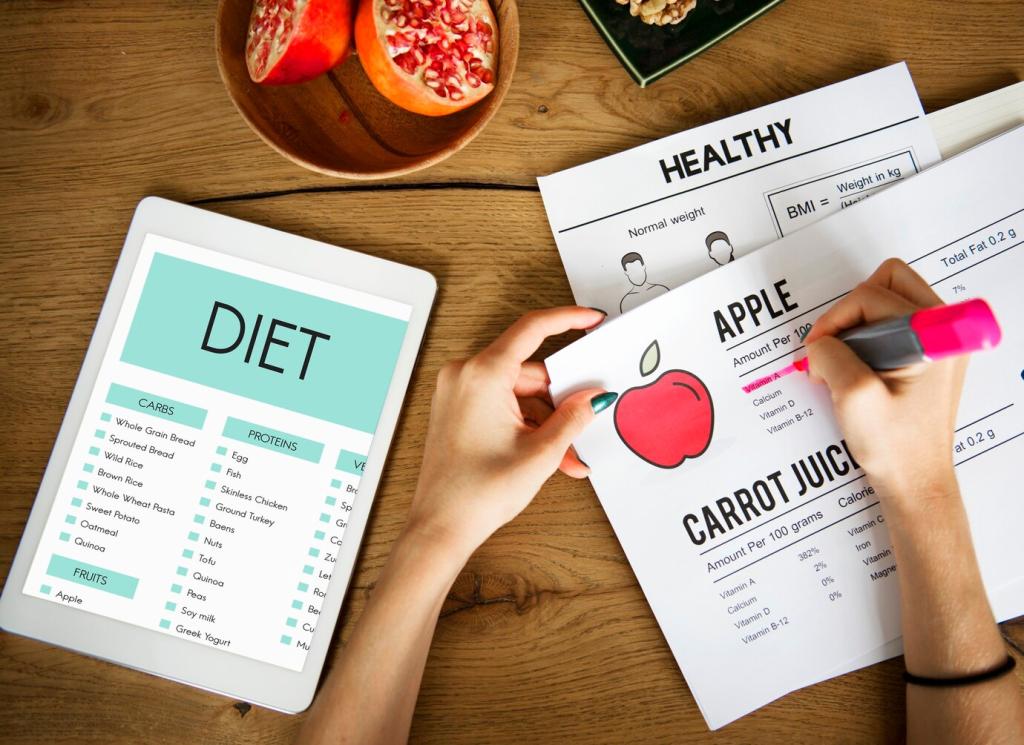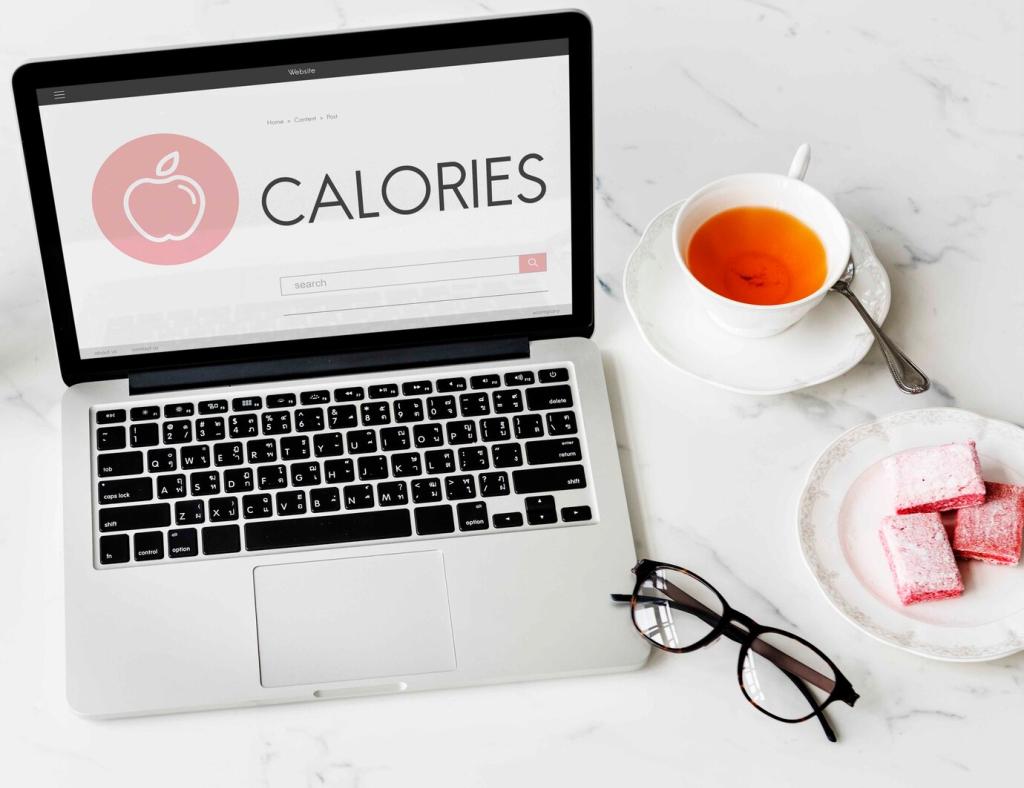Food First, Smart Supplementation
Fill half your plate with colorful plants, rotate proteins, and include dairy or fortified alternatives. This pattern supplies vitamins A, C, E, K, folate, calcium, iron, and magnesium through synergy that supplements struggle to replicate across real training weeks. Share a photo idea for your perfect training plate.
Food First, Smart Supplementation
Use supplements to correct confirmed deficiencies or meet needs hard to cover with food—iron for some endurance athletes, vitamin B12 for vegans, or vitamin D in winter. Always involve a qualified professional to personalize dose and duration, based on labs and goals. What questions do you have about dosing?









